On Monday 21 April 1760 Joshua Reynolds had a busy day. Through the morning and the afternoon he had a series of sitters. Each of these stayed for an hour in the painter’s premises on St Martin’s Lane and was no doubt ‘greatly entertained’ — as another of Reynolds’s clients recorded — by watching the progress of their portraits in a large looking-glass strategically placed behind the easel so the subject could view the artist at work.
Already a subscriber? Log in
Subscribe for just $2 a week
Try a month of The Spectator Australia absolutely free and without commitment. Not only that but – if you choose to continue – you’ll pay just $2 a week for your first year.
- Unlimited access to spectator.com.au and app
- The weekly edition on the Spectator Australia app
- Spectator podcasts and newsletters
- Full access to spectator.co.uk
Unlock this article
Available from the Spectator Bookshop, £42, Tel: 08430 600033
You might disagree with half of it, but you’ll enjoy reading all of it. Try your first month for free, then just $2 a week for the remainder of your first year.

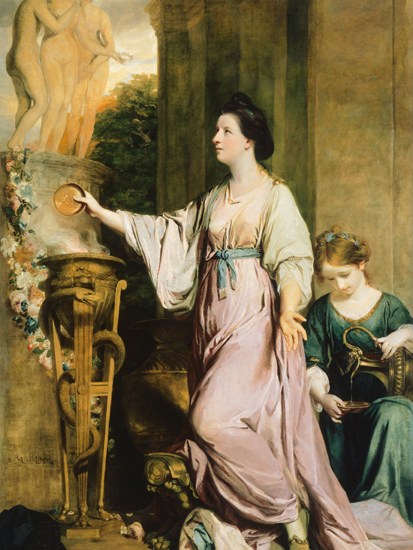
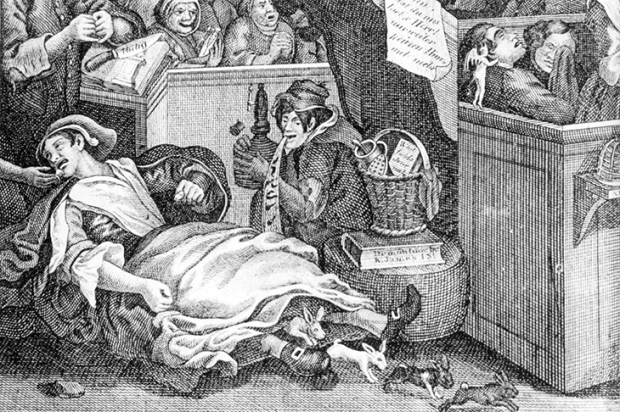
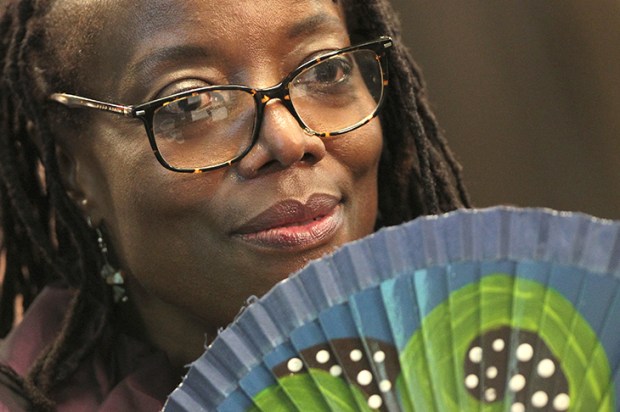
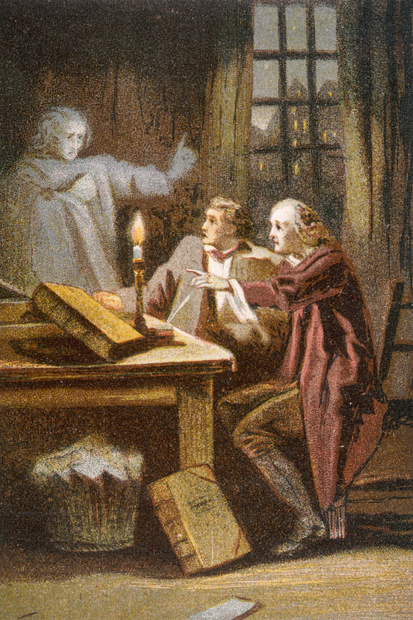
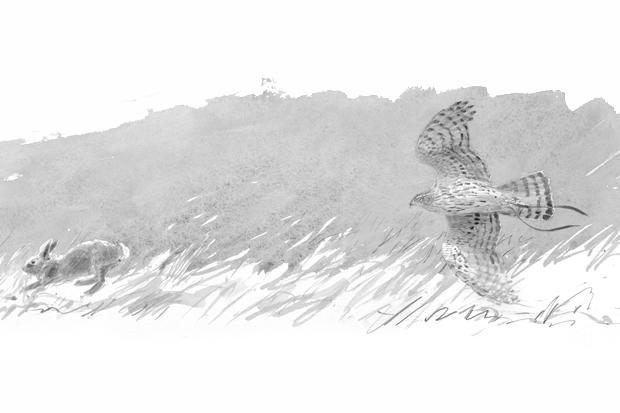
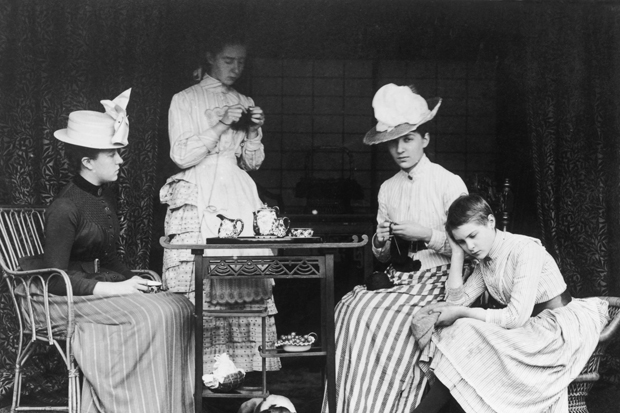
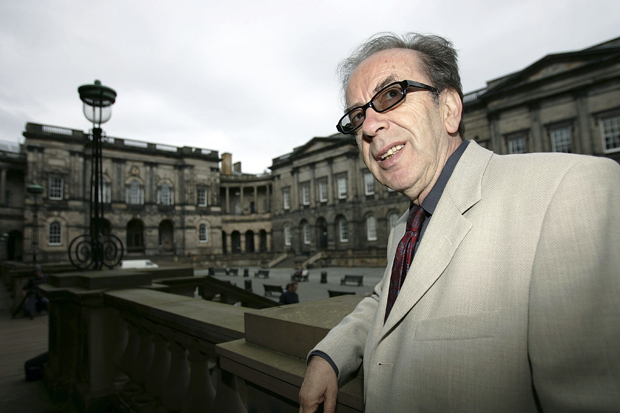






Comments
Don't miss out
Join the conversation with other Spectator Australia readers. Subscribe to leave a comment.
SUBSCRIBEAlready a subscriber? Log in